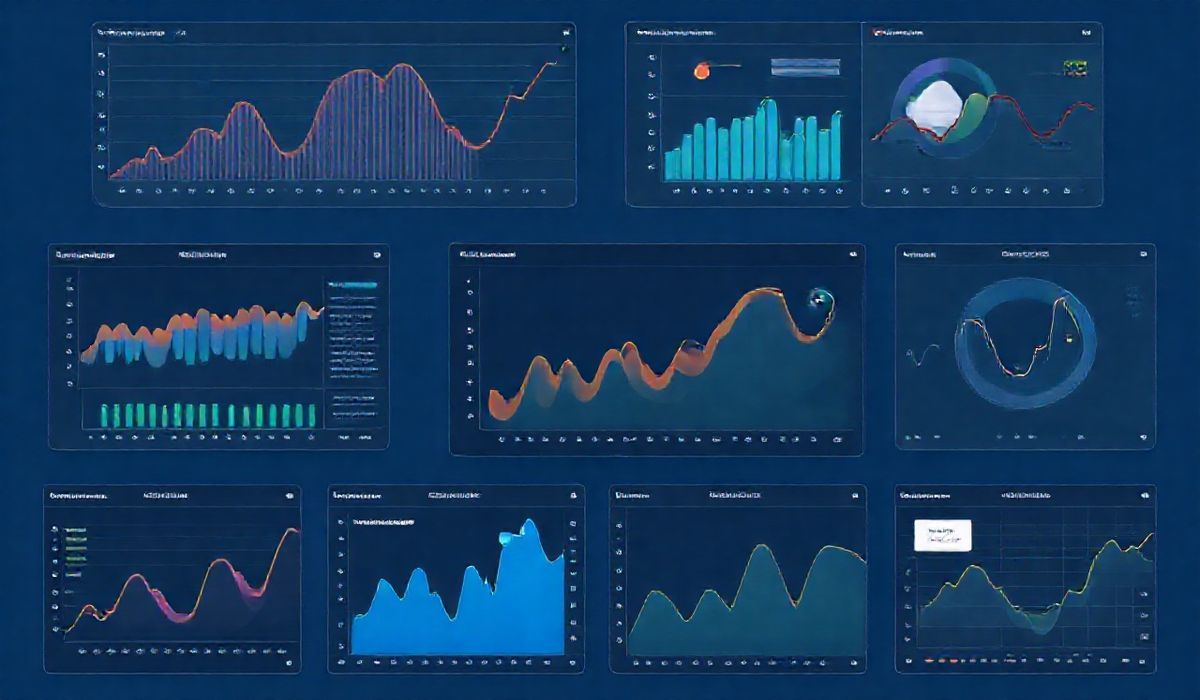Introduction to TensorFlow Estimator
TensorFlow Estimator is a high-level TensorFlow API designed for creating and training machine learning models efficiently. It streamlines various aspects such as training, evaluation, and serving, making the development process significantly easier. This article will comprehensively explore TensorFlow Estimator and its APIs with practical examples.
Creating an Estimator
The first step to using TensorFlow Estimator is creating one. You can start with predefined models available in TensorFlow, such as linear classifiers and DNN classifiers.
import tensorflow as tf
from tensorflow.compat.v1 import estimator as tf_es
feature_columns = [tf.feature_column.numeric_column("x", shape=[1])]
estimator = tf_es.LinearRegressor(feature_columns=feature_columns)
Training an Estimator
The following example shows you how to train your estimator:
train_input_fn = tf.compat.v1.estimator.inputs.numpy_input_fn(
x={"x": np.array([1., 2., 3., 4.])},
y=np.array([0., -1., -2., -3.]),
batch_size=1,
num_epochs=None,
shuffle=True)
estimator.train(input_fn=train_input_fn, steps=1000)
Evaluating an Estimator
After your model is trained, you want to evaluate its performance:
eval_input_fn = tf.compat.v1.estimator.inputs.numpy_input_fn(
x={"x": np.array([1., 2., 3., 4.])},
y=np.array([0., -1., -2., -3.]),
batch_size=1,
num_epochs=1,
shuffle=False)
eval_results = estimator.evaluate(input_fn=eval_input_fn)
print(eval_results)
Serving Predictions
You can also use TensorFlow Estimator to serve predictions:
predict_input_fn = tf.compat.v1.estimator.inputs.numpy_input_fn(
x={"x": np.array([5., 6., 7., 8.])},
num_epochs=1,
shuffle=False)
predictions = list(estimator.predict(input_fn=predict_input_fn))
print(predictions)
A Complete Application Example
Here is a comprehensive example that ties everything together:
import tensorflow as tf
import numpy as np
from tensorflow.compat.v1 import estimator as tf_es
# Create features
feature_columns = [tf.feature_column.numeric_column("x", shape=[1])]
# Create the Estimator
estimator = tf_es.LinearRegressor(feature_columns=feature_columns)
# Define the training inputs
train_input_fn = tf.compat.v1.estimator.inputs.numpy_input_fn(
x={"x": np.array([1., 2., 3., 4.])},
y=np.array([0., -1., -2., -3.]),
batch_size=1,
num_epochs=None,
shuffle=True)
# Train the model
estimator.train(input_fn=train_input_fn, steps=1000)
# Define the evaluation inputs
eval_input_fn = tf.compat.v1.estimator.inputs.numpy_input_fn(
x={"x": np.array([1., 2., 3., 4.])},
y=np.array([0., -1., -2., -3.]),
batch_size=1,
num_epochs=1,
shuffle=False)
# Evaluate the model
eval_results = estimator.evaluate(input_fn=eval_input_fn)
print(f'Loss: {eval_results["loss"]}')
# Define the prediction inputs
predict_input_fn = tf.compat.v1.estimator.inputs.numpy_input_fn(
x={"x": np.array([5., 6., 7., 8.])},
num_epochs=1,
shuffle=False)
# Get predictions
predictions = list(estimator.predict(input_fn=predict_input_fn))
for idx, prediction in enumerate(predictions):
print(f'Prediction {idx + 1}: {prediction["predictions"][0]}')
Here’s a complete example of how you can set up a model, train it, evaluate its accuracy, and use it to make predictions! With the TensorFlow Estimator API, you can easily scale these examples to more complex datasets and models.
Hash: ada2980df8697773106fe0aaddf68ca54b271325bfad052bfb11fca3a4bfbff3




